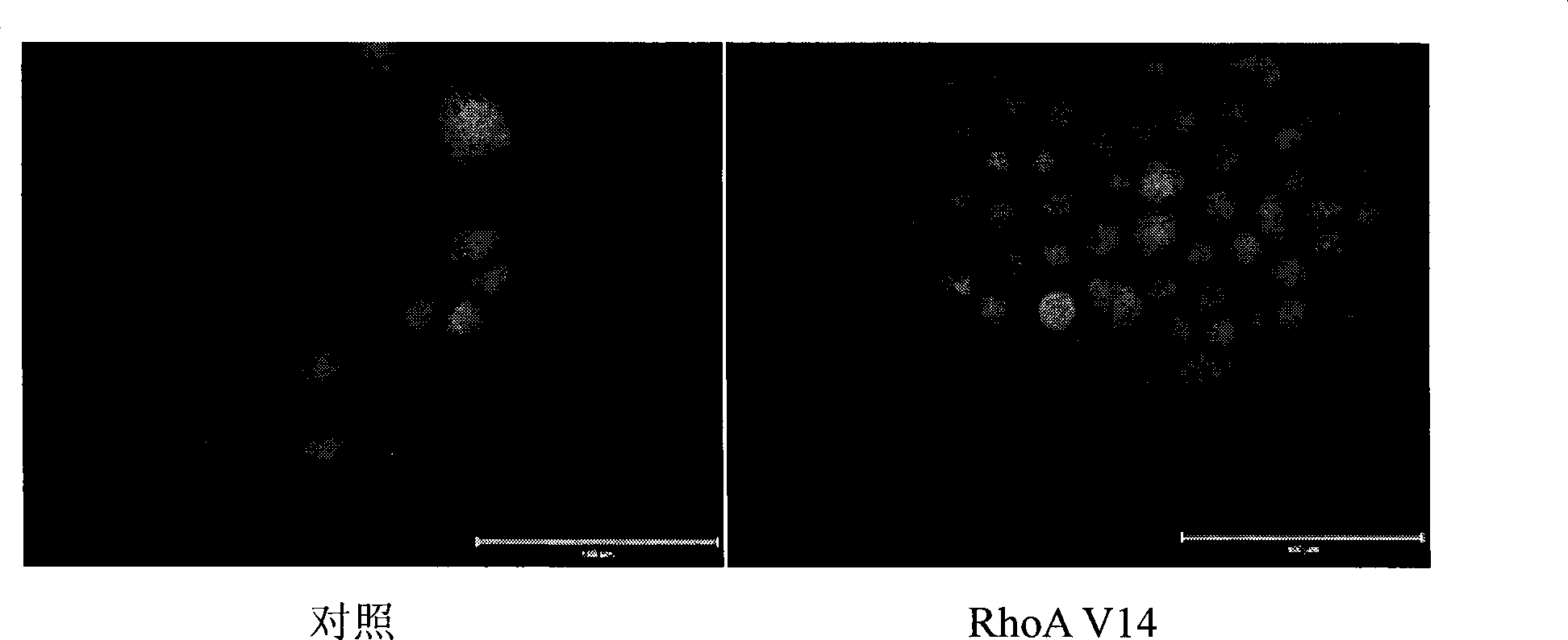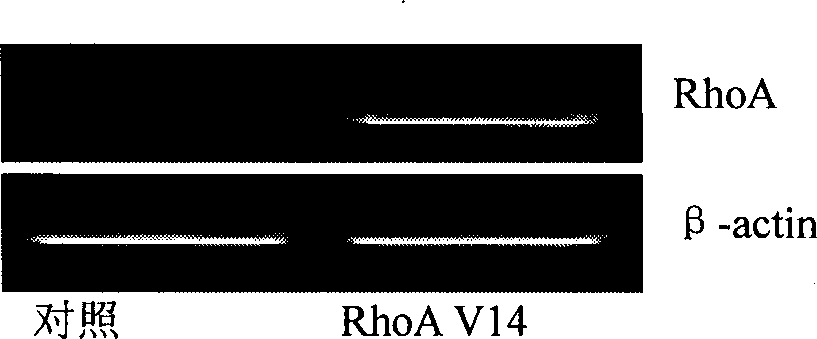Method for inducing hepatic oval cells differentiation to bile duct cells and its special culture medium
A bile duct cell and cell differentiation technology, applied in biochemical equipment and methods, tissue culture, botanical equipment and methods, etc., can solve the problems of embryo size reduction, embryo death, mouse embryo death, etc., and achieve broad application prospects Effect
Inactive Publication Date: 2009-04-29
FIELD OPERATION BLOOD TRANSFUSION INST OF PLA SCI ACAD OF MILITARY
View PDF0 Cites 5 Cited by
- Summary
- Abstract
- Description
- Claims
- Application Information
AI Technical Summary
Problems solved by technology
Li Wei et al. used RhoGDI expression to inhibit the activation of RhoA during the development of mouse embryos, and found that the inactivation of RhoA would lead to the death of mouse embryos at 7 days of development (Wei L, Imanaka-Yoshida K, Wang L, et al .Inhibition of Rho family GTPases by Rho GDPdissociation inhibitor disrupts cardiac morphogenesis and inhibits cardiomyocyte proliferation.Development, 2002,129(7):1705~1714); Decrease in embryo size and even death of the embryo
Method used
the structure of the environmentally friendly knitted fabric provided by the present invention; figure 2 Flow chart of the yarn wrapping machine for environmentally friendly knitted fabrics and storage devices; image 3 Is the parameter map of the yarn covering machine
View moreImage
Smart Image Click on the blue labels to locate them in the text.
Smart ImageViewing Examples
Examples
Experimental program
Comparison scheme
Effect test
Embodiment 1
[0029] Example 1, in vitro induction of hepatic oval cells to differentiate into cholangiocytes
[0030] Inducing liver oval cells to differentiate into bile duct cells in vitro with the method of the present invention comprises the following steps:
[0031] 1. Construction of recombinant lentiviral vector carrying RhoA V14 gene
the structure of the environmentally friendly knitted fabric provided by the present invention; figure 2 Flow chart of the yarn wrapping machine for environmentally friendly knitted fabrics and storage devices; image 3 Is the parameter map of the yarn covering machine
Login to View More PUM
 Login to View More
Login to View More Abstract
The invention discloses a method for inducing hepatic oval cells to differentiate towards bile duct cells and a special culture medium used in the method. The culture medium is added with 1 to 6 percent of fetal calf serum, 1 to 3 percent of B27 and 0.05 to 0.15 percent of penicillin-streptomycin on the basis of an RPMI1640 culture medium. The method for inducing the differentiation comprises the following steps: 1) leading RhoA mutant genes into the oval cells WB-F344 to obtain WB-F344 cells of a high-expression RhoA gene activity mutant; and 2) inoculating the WB-F344 cells of the high-expression RhoA gene activity mutant into the special culture medium where the hepatic oval cells are induced in vitro to differentiate into the bile duct cells, and culturing the WB-F344 cells at a temperature of 37 DEG C with 5 percent of CO2 to obtain the bile duct cells. The method provides a new approach to obtain the bile duct cells and has wide application prospect.
Description
technical field [0001] The invention relates to a method for inducing cell differentiation and its special medium, in particular to a method for inducing the differentiation of hepatic oval cells into bile duct cells and its special medium. Background technique [0002] WB-F344 cells are a type of cells isolated from the liver of Fischer male mice, which have many characteristics of hepatic stem / progenitor cells: 1) it has the phenotypic characteristics of hepatocytes and hepatic cholangiocytes; 2) when it is transplanted into rats 3) WB-F344 cells can develop into cholangiocarcinoma after chemical mutagenesis and transplanted into rat liver, indicating that it has the potential to differentiate into cholangiocytes, These characteristics all indicate that WB-F344 cells are hepatic stem / progenitor cells. Studies have found that WB-F344 cells treated with sodium butyrate have a series of markers of cholangiocytes, indicating that WB-F344 can differentiate into cholangiocytes ...
Claims
the structure of the environmentally friendly knitted fabric provided by the present invention; figure 2 Flow chart of the yarn wrapping machine for environmentally friendly knitted fabrics and storage devices; image 3 Is the parameter map of the yarn covering machine
Login to View More Application Information
Patent Timeline
 Login to View More
Login to View More Patent Type & Authority Applications(China)
IPC IPC(8): C12N5/10C12N15/12C12N15/79C12N15/867C12N5/06
Inventor 裴雪涛岳文王韫芳师伟李艳华姚海雷贾雅丽
Owner FIELD OPERATION BLOOD TRANSFUSION INST OF PLA SCI ACAD OF MILITARY
Features
- R&D
- Intellectual Property
- Life Sciences
- Materials
- Tech Scout
Why Patsnap Eureka
- Unparalleled Data Quality
- Higher Quality Content
- 60% Fewer Hallucinations
Social media
Patsnap Eureka Blog
Learn More Browse by: Latest US Patents, China's latest patents, Technical Efficacy Thesaurus, Application Domain, Technology Topic, Popular Technical Reports.
© 2025 PatSnap. All rights reserved.Legal|Privacy policy|Modern Slavery Act Transparency Statement|Sitemap|About US| Contact US: help@patsnap.com



